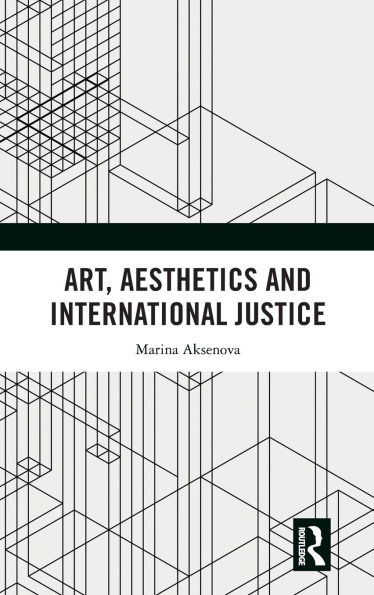This volume focuses on the theoretical component linking justice with aesthetics as well as on the practical manifestation of such connection evident, inter alia, in the rhetoric of international courts, their architectural design and their commemorative practices expressed by the practice of symbolic reparations adopted by some of the courts. The underlying premise of the book is that international justice requires new vocabulary and new approaches, which can be derived from the study of aesthetics. It is held that exploring the aesthetical dimension of international justice contributes to the discussion on the foundations of its authority and the grounds for compliance with it. The work engages deeply with the theory of aesthetics developed by Immanuel Kant and Abhinavagupta, a Kashmiri critic, philosopher and scholar writing in the early eleventh century.
The book will be of interest to academics and researchers working in the areas of Legal Philosophy, International Criminal Justice and International Law and International Relations.
This volume focuses on the theoretical component linking justice with aesthetics as well as on the practical manifestation of such connection evident, inter alia, in the rhetoric of international courts, their architectural design and their commemorative practices expressed by the practice of symbolic reparations adopted by some of the courts. The underlying premise of the book is that international justice requires new vocabulary and new approaches, which can be derived from the study of aesthetics. It is held that exploring the aesthetical dimension of international justice contributes to the discussion on the foundations of its authority and the grounds for compliance with it. The work engages deeply with the theory of aesthetics developed by Immanuel Kant and Abhinavagupta, a Kashmiri critic, philosopher and scholar writing in the early eleventh century.
The book will be of interest to academics and researchers working in the areas of Legal Philosophy, International Criminal Justice and International Law and International Relations.

Art, Aesthetics and International Justice
190
Art, Aesthetics and International Justice
190
Product Details
| ISBN-13: | 9781032605890 |
|---|---|
| Publisher: | Taylor & Francis |
| Publication date: | 03/31/2025 |
| Pages: | 190 |
| Product dimensions: | 6.12(w) x 9.19(h) x (d) |
